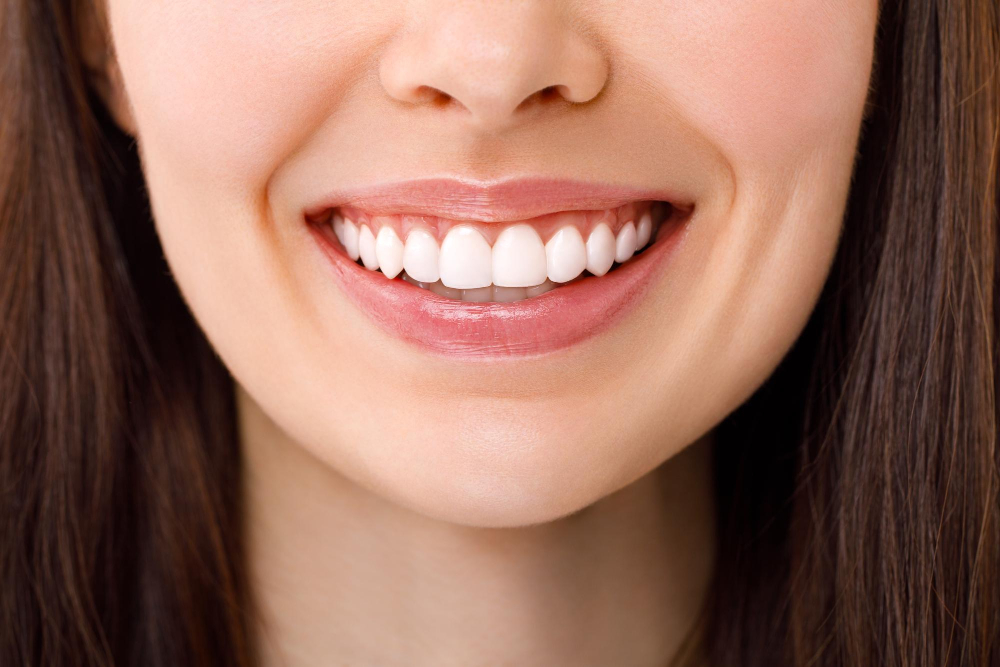

Box technique is an ideal application, especially for patients with excessive resorption in the jaw bone. Thanks to this technique, implant placement becomes possible. We can say that it is generally a reconstruction technique used to reconstruct lost bone tissue. Jawbone resorption, or alveolar bone resorption, is a significant oral health concern that often arises from tooth loss or toothlessness. This condition describes the gradual loss of the bone that supports and surrounds teeth. Bones prepared in a laboratory environment, provided that they are in a form suitable for human bone tissue, are surgically placed into the jawbone. In this way, the reconstruction of the lost jawbone is achieved. One of the most important features of this method is that it does not require taking bone blocks from the patient. Because special ready-made poly d l-lactic acid or allogenic plate) are used during the procedure, there is no need to take bone from the patient.
It is important to know how to apply this technique after answering the “What is box technique?" question. BOX (Grafting) technique is used to create a suitable jaw bone structure when implants need to be placed to replace missing teeth. Dental implants are supported by the jawbone, and if the jawbone is inadequate or does not have the proper structure, it may be difficult for the implant to integrate successfully. The BOX technique is applied to expand the jawbone and prepare the implant placement area. Like every treatment, the box technique also has application steps to apply. These steps are as follows:
The BOX technique is an important step in placing implants to replace missing teeth. This treatment ensures successful integration of the implant by creating a suitable jaw bone structure. The success of the procedure depends on the experience of a specialist dentist and the individual needs of the patient.
BOX technique (grafting) is generally applied in preparation for dental implants in cases where the jawbone is insufficient. When implant placement is planned to replace missing teeth, the BOX technique can be used if the jawbone is not thick or wide enough. In this case, this technique may be preferred to expand the jawbone and create a suitable implant space.
Jawbone atrophy refers to the decrease in the volume of the jawbone over time. This can occur when the jawbone is not stimulated as a result of tooth loss or when the jawbone is weakened due to trauma. The BOX technique can increase the chance of implant placement by expanding the jawbone in cases of jawbone atrophy.
In cases where the jawbone is damaged after dental trauma or an accident, the BOX technique can be applied to restore the jawbone and replace the missing bone tissue.
Periodontal diseases can affect the gum and jawbone tissues, causing jawbone loss. The BOX technique can be applied in such cases to reconstruct the jawbone and provide a suitable environment for the implant.
The BOX technique can be used in individuals with naturally insufficient bone volume, especially when dental implant placement is considered.
Jaw bone resorption is known as "alveolar osteoporosis" in the medical literature and usually occurs as a result of tooth loss or edentulism. This condition refers to the loss of the jawbone over time.
Jaw bone resorption refers to the loss of the alveolar bone around the jaw. Alveolar bone is a bone tissue that supports and surrounds the roots of the teeth. Normally, teeth remain in a fixed position in the jawbone and are supported by this tissue. However, in case of tooth loss due to various reasons, this bone tissue may be lost over time.
The main causes of jaw bone loss may be:
As it is known, it is necessary to wait a period of 4 to 6 months to achieve the desired bone fullness before starting the implant application. This may apply to patients who do not have enough bone for the implant. If the patient has ideal bone structure, the implant can be applied in the same session.
It is necessary to wait a few months after the box technique procedure for bone reconstruction. This period is not the same for every patient. While some patients achieve the desired results in just 2 months, in some patients this period may take up to 4 months. Although the application is performed in a single session, it may be necessary to wait for the implant procedure to be performed later.
Patients wonder how much budget they should allocate for the BOX technique. It would be misleading to talk about a clear price for this transaction.
We can state that different pricing is extremely normal. The reason is that there are many factors affecting the price. However, to give an idea, we can say that the prices are not as high as expected. First of all, you can request an appointment and have a general examination. Then, depending on the condition of the bone structure, the necessary planning will be made and you will be informed of a clear price information.
In conclusion, the Box Technique, also known as grafting, emerges as a crucial solution for patients with jawbone resorption issues, providing a pathway for successful dental implant placement. This reconstructive technique involves the expansion of the jawbone using specialized tools, followed by grafting with either the patient's own bone or synthetic materials.